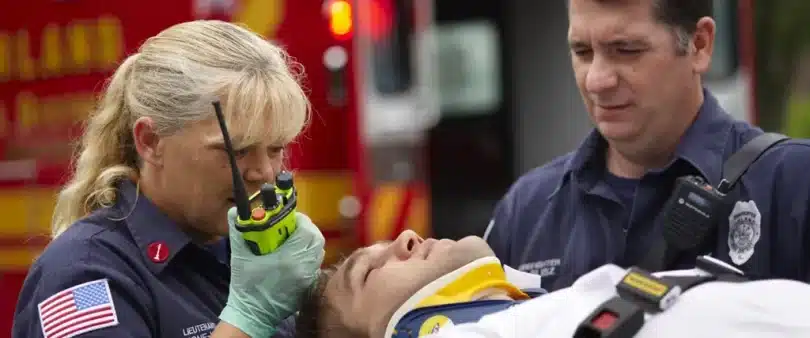Communication plays a huge role in emergency and disaster response, as it ensures that the proper response is fast and coordinated with the operational rescue teams. On these occasions, two-way radios are invaluable as they afford means of communication that don’t rely on computer networks. Two-way radios do not rely on cell phone towers like other smart handheld devices. Instead, they work on radio frequencies, making communication seamless in regions most affected by calamities or in areas of restricted accessibility.
Continue reading to understand why two-way radios are relevant in emergencies as well as disasters and why first responders and other relief teams have not let go of this mode of communication.
Contents
Reliable Communication During Network Outages
A benefit that comes with the use of two-way radios, especially in emergency situations, is the fact that the radios are not affected by cell phone networks. Catastrophic events can disrupt the functional communication infrastructure because cell towers get affected and, therefore, become inaccessible. These problems do not occur in two-way radios, which provide the first responders, firefighters, and medical professionals with a clear means of communication when it’s required most.
Where the communication networks are unavailable or where there are inadequacies a two-way radio will deliver in allowing communication in these areas. This makes communication between the various teams functional and expected in real time thus enhancing team response in emergency situations.
Instant, Real-Time Communication
Time is also specifically important in emergency cases and two way radios provide means of unfiltered real time communication. Mobile phones on the other hand need dialing as well as waiting for a connection while two-way radios incorporate the push-to-talk system to facilitate communication within the team. One of the biggest advantages of this capability is that it is very effective in the conditions of a high level of stress.
This is crucial because, with a two-way radio, you can quickly relay important information or instructions during emergencies. The ability to communicate in the shortest time possible can make the difference between life and death.
Durability and Long Battery Life
They are developed in a way so as to be durable in the worst of environments and thus appropriate for use in disastrous situations. Designed for difficult terrains, they are resistant to water and are not easily damaged even when they fall. They still work perfectly, even in inclement weather.
Moreover, two-way radios have long battery efficiency, which implies that you can be supported when one is involved In long rescue operations in a disaster or otherwise.
Conclusion
Two-way radios are essential tools in emergencies, supplementing communication when cell phones fail. They allow for instant real-time contact and can withstand the toughest conditions. Whether involved in a search-and-rescue mission, disaster management, or any other calamity you can rely on the two way radios for proper communication.
They continue to act as an important enabler that provides protection to and guarantee the outcomes of emergency response teams and the public in general.







